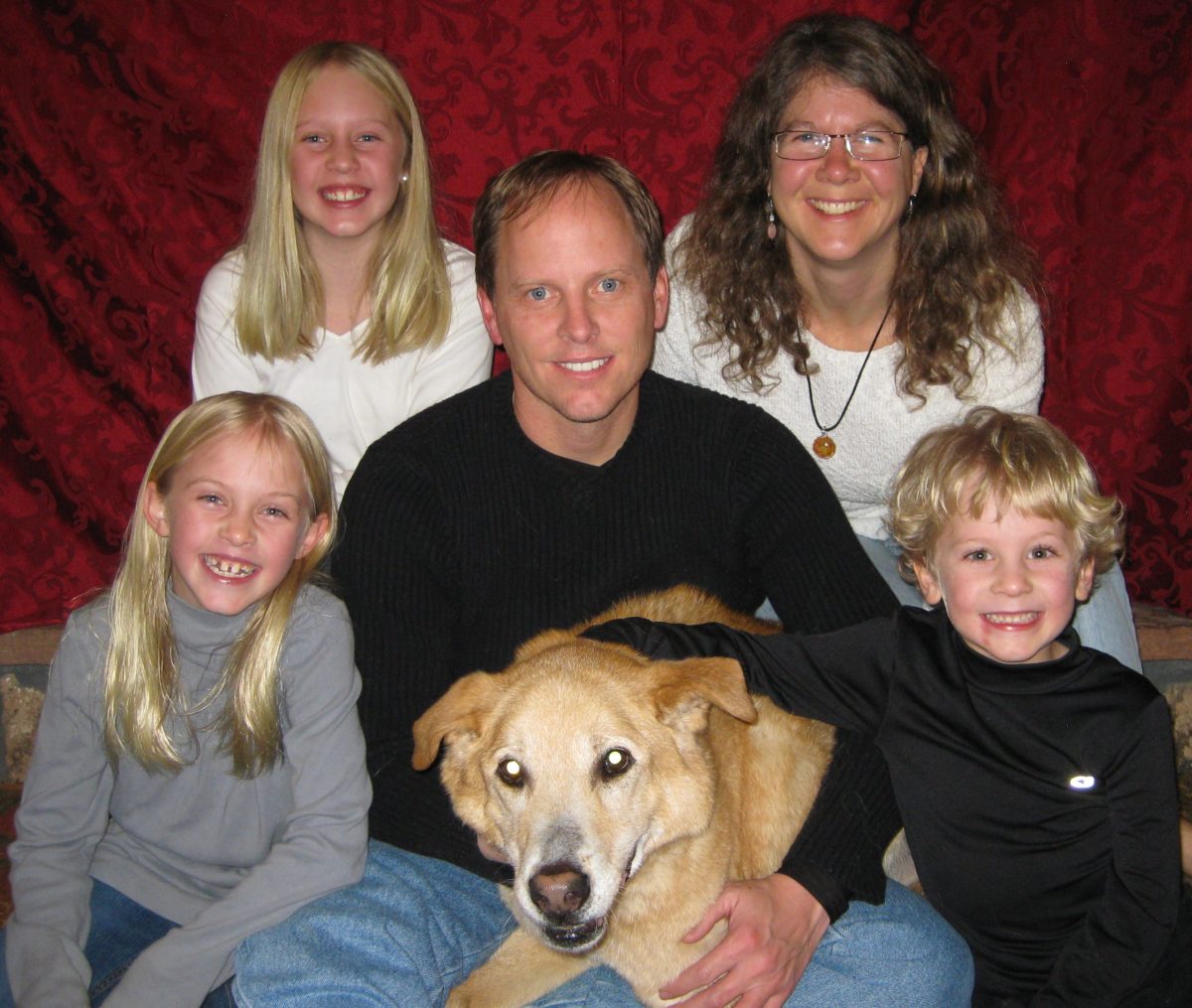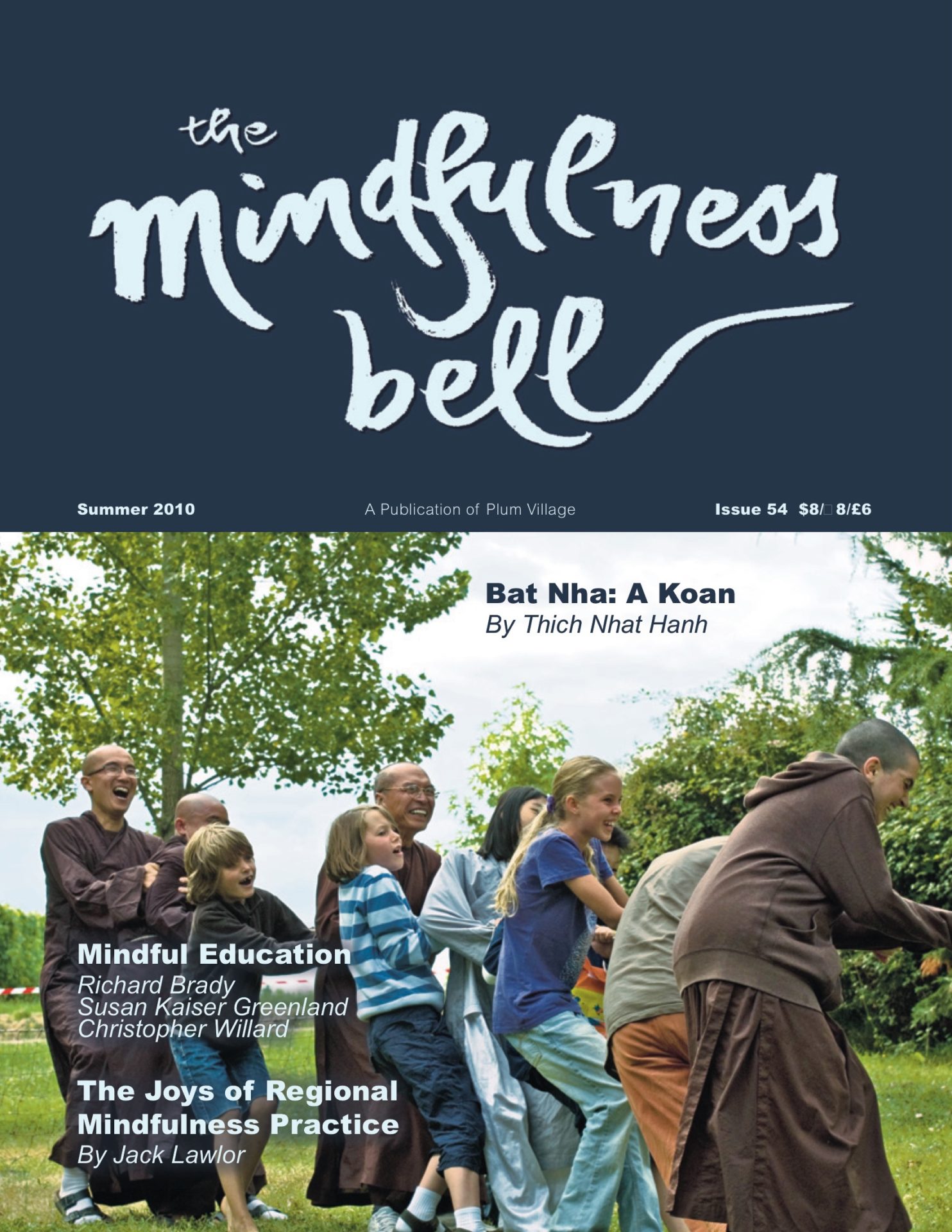By Lisa Pettitt
Our family has been homeschooling for over five years. We had not envisioned this path for ourselves: my partner and I had professional careers, and our kids were in day care as infants. Thich Nhat Hanh says, “This is because that is, and this is not because that is not.” Our decision to homeschool arose at the intersection of a variety of conditions.
A college friend who homeschools shared her family’s experiences with us.
By Lisa Pettitt
Our family has been homeschooling for over five years. We had not envisioned this path for ourselves: my partner and I had professional careers, and our kids were in day care as infants. Thich Nhat Hanh says, “This is because that is, and this is not because that is not.” Our decision to homeschool arose at the intersection of a variety of conditions.
A college friend who homeschools shared her family’s experiences with us. The events of September 11, 2001 led us to reassess our priorities and values. I attended my first mindfulness retreat in Estes Park, CO, very pregnant with our third child in the fall of 2003. Not long after we welcomed this child into our family, my career path reached a plateau and my partner’s demanded more time and attention. Our children were transforming us with their pure hearts, curious minds, and mindful presence. Time with them inspired me to practice more and nourished my practice more than my professional work did. Homeschooling spoke to us because it seemed to provide a healthy blend of intellectual challenge, spiritual richness, family focus, space, and time.
As homeschoolers who have practiced as a family, with family Sanghas, and at days of mindfulness and retreats, we find that our homeschooling and mindfulness practice have enriched each other. The homeschooling schedule allows for a slower, flexible pace and for stopping—we can awaken in the morning without rushing to get everyone out the door, we can take breaks when we need them, we can adjust our schedule to make the most of special opportunities for learning, travel, and time with family and friends.
The flexible schedule promotes being in touch with the present moment. We learned in depth about Haiti in the aftermath of the earthquake, we studied extensively about southern Colorado before a visit there, and we took one daughter’s participation in a performance of Godspell as a chance to study parables from the Bible.
Because we spend so much time together, we have many opportunities to nourish our relationships and be aware of how we inter-are. We help one another with lessons, we work together on projects, we listen to and support one another during difficult times, and we help each other remember to smile and laugh. We come to recognize and appreciate one another’s strengths and care for one another when we are struggling with difficult emotions. We are aware of how one person’s feelings can affect the rest of us.
In turn, our mindfulness practice and the teachings enrich our homeschooling. Through the practice, we cultivate creative insights for responding to challenging situations. We breathe to calm ourselves before practicing multiplication tables. We smile to our Spanish lessons. Of course, there are times when our practice is not as strong and we are not as skillful as we would like to be, but we have faith that mindfulness is always available to us and we can return to it for nourishment.
In contemplating mindfulness and education, we shared our ideas with one another. Teresa (age eight) said that mindfulness helps her when she’s having a strong emotion; she can sit and meditate in order to calm down. She also told us a story that illustrated how mindfulness can help us understand others better. When she and a friend were being chased by a boy, she stopped to ask him why he was chasing them. He told her he didn’t feel like he had any friends so that was his way of getting attention.
Hugh (age six) shows us all the time how hugs can be bells of mindfulness. When some of us are arguing, he reminds us that “there’s a cake in the refrigerator.” And he told us that when we teach others mindfulness to help them calm their own emotions, the world will get “mindfuller.”
Sophia (age ten) offers us a haiku on mindfulness and education:
The Silent Bell
The silent bell rings.
Sit down. Listen to the trees.
Mindfully learn today.

Sophia (Loving Nectar of the Heart), Teresa (Crystal Light of the Heart), and Hugh (Tranquil Dragon of the Heart) teach and practice with their parents, Lisa Pettitt (Great Guide of the Heart) and Dave Kenney in Evergreen, Colorado.

